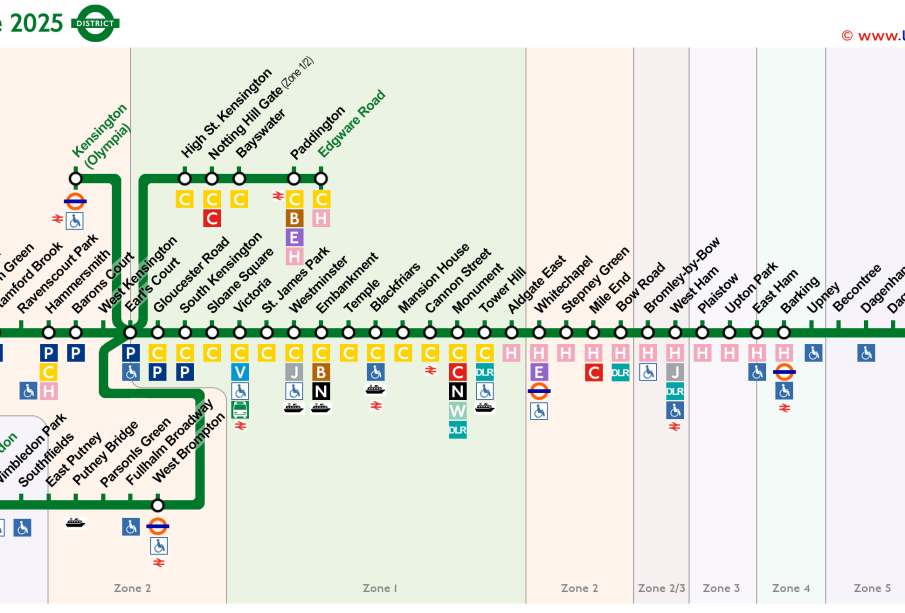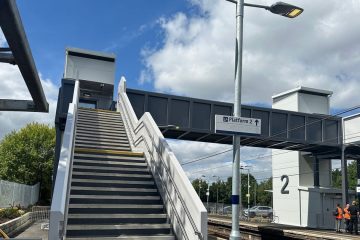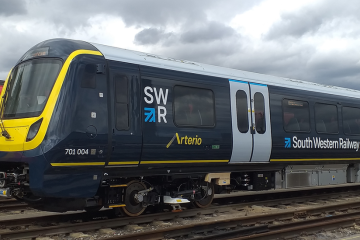Understanding the Importance of the District Line in London

Introduction
The District Line, one of the key routes on the London Underground, serves an essential role in connecting the capital’s diverse boroughs. It spans from Upminster in the east to Richmond and Ealing Broadway in the west, covering a significant part of London. As more people return to their offices and social activities post-pandemic, the importance of efficient public transport like the District Line cannot be overstated. Recent developments and upgrades to this line aim to enhance commuter experience and capacity.
Recent Developments
In 2023, Transport for London (TfL) announced an array of upgrades to the District Line. These enhancements include new signalling technology and the introduction of modern trains designed to increase frequency and reliability. These modernisation efforts are part of a broader £1.5 billion investment strategy in London’s transport infrastructure. The upgrades are expected to reduce delays and improve journey times for the millions who rely on the line daily. For example, trial runs with new Digital Train Control systems indicated the potential for train frequency to increase from every 10 minutes to as often as every 6 minutes during peak hours.
Impact on Commuters
These improvements come at a crucial time as London sees a resurgence in daily commuters. According to recent TfL reports, ridership across the Underground has increased by over 35% compared to the previous year. However, the District Line, in particular, has faced challenges in maintaining service levels amid rising passenger numbers. The enhancements not only aim to accommodate growing demand but also strive to ensure a more comfortable and timely travel experience. Commuters have expressed optimism about these improvements, indicating a stronger trust in public transport systems post-COVID.
Future Challenges
Despite these positive strides, challenges remain on the District Line. The ageing infrastructure and past maintenance issues have led to numerous delays and disruptions. TfL is cognizant of these challenges and continues to liaise with stakeholders to ensure minimal disruption during the upgrade process. Looking ahead, sustainability will also be a focal point, with initiatives aimed at reducing the District Line’s carbon footprint.
Conclusion
The District Line remains a vital artery in London’s transport system. As London continues to evolve and adapt to post-pandemic recovery, the upgrades and modernisations to the District Line are both timely and necessary. With increased capacity, improved service reliability, and a focus on sustainability, the expectations for the District Line reflect a collective hope for a more efficient future in urban transport. As commuters await the full rollout of these enhancements, the significance of these changes cannot be understated for both daily travellers and the broader London transport network.









